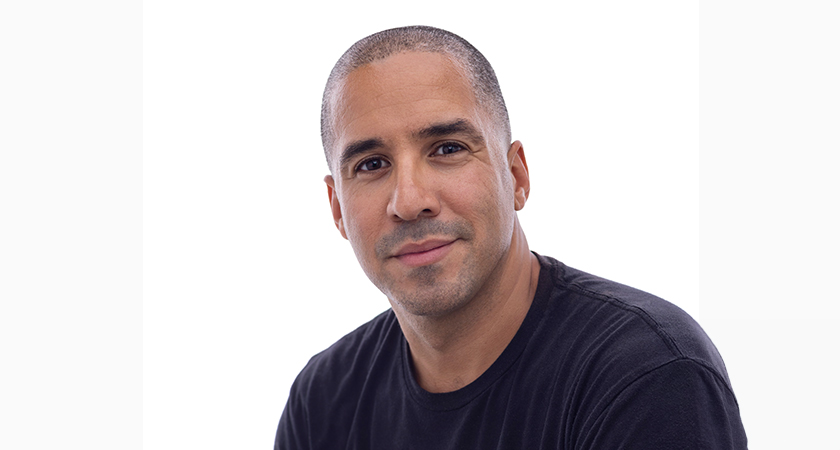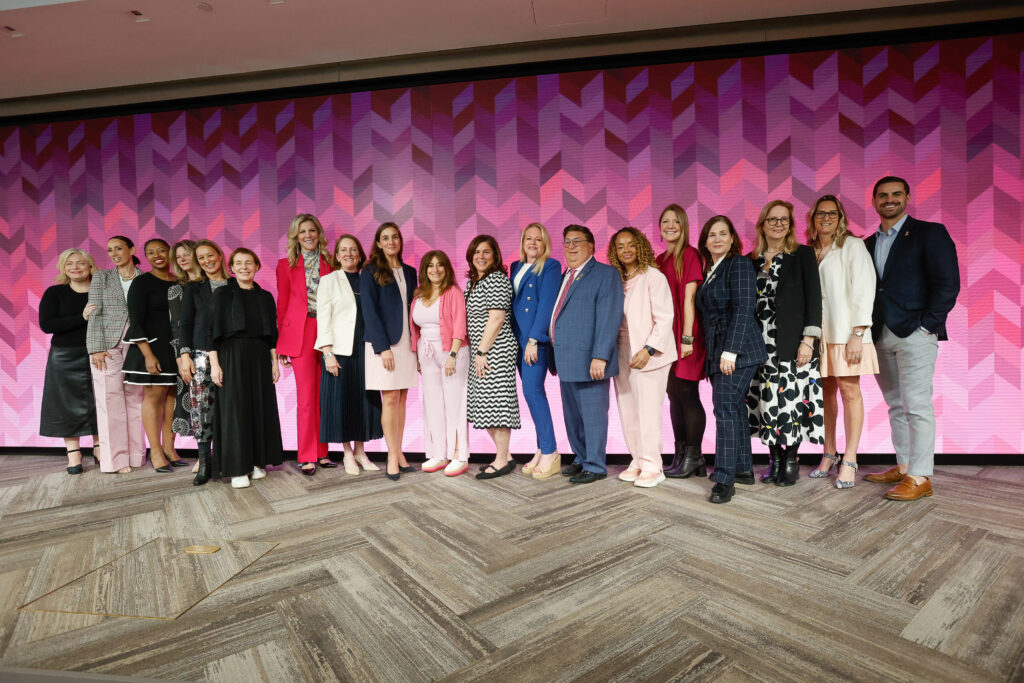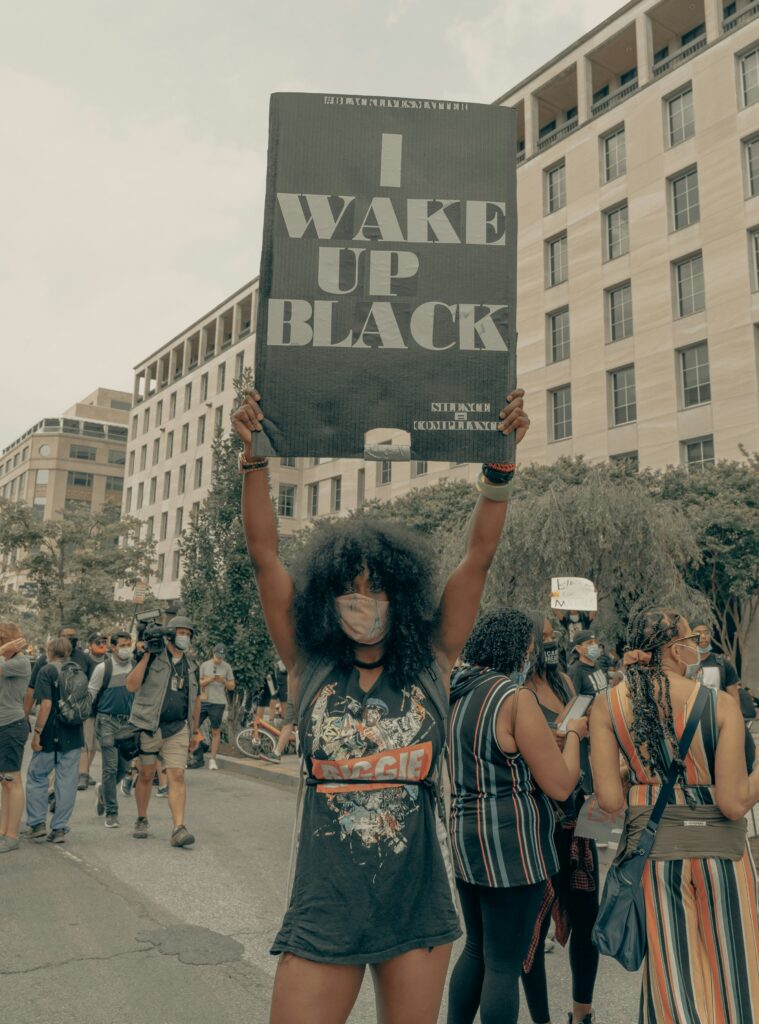This year, Quigley took a hybrid approach to Advertising Week—attending in person, hosting our own session, and having our team back in L.A. join the virtual sessions. Here are 5 ideas that stood out.
The Metaverse is not dead.
With sky-high costs for the latest VR headsets, largely empty rooms in Meta’s Horizons Worlds, and the recent controversy about the $1.2 billion Decentraland attracting very few active daily users, some panelists at Advertising Week were less than enthusiastic about the Metaverse. Meghan Myszkowski, global head of Social Media, Xbox, and Xbox Game Pass at Microsoft, went as far as to predict that Meta would be one of the busts of 2023.
But those panelists currently working with Metaverse technologies were saying “GM” (inside Metaverse thing you can Google) to a much brighter future. Quynh Mai, founder of Q, believes “There are many market forces that are pushing us into” the Metaverse, including the widening adoption of blockchain technologies and gaming becoming mainstream. She sees the Metaverse being a haven for Gen Z and Gen Alpha, who grew up in front of screens and are looking for a place to be themselves.
Francine Ballard, founder of Metagolden, sees fashion and retail brands driving people to the Metaverse. “There is no recognition of a slowdown in this (Metaverse) vertical,” he said. “Every fashion brand is looking for a way to enter the space.” He went on to say, “Brands who don’t adopt and figure out how to make that work will perish.”
But does the Metaverse have to mean immersive VR experiences? Not necessarily. Kristen Soumas, director of Consumer Content Partnerships at Verizon, was one of many panelists who believe that AR could be the first step to the Metaverse. She pointed to the recent wider adaptation of 5G that makes shared AR experiences easier. Jason Yim, founder and CEO Trigger XR, sees consumers using AR on devices they already own, as a more natural transition to Metaverse technologies. “There’s not going to be a sudden switch to (AR/VR) glasses. It’s going to be a series of steps to get consumers comfortable,” he said.
Brands ready to enter the Metaverse should start by thinking about how it can truly benefit their customers. Erin Schaefer, VP Revenue and Global Operations at Niantic Inc., said, “You can’t just push the technology on consumers for technology’s sake. It needs to add to their experience, and it needs to be easy.”
NFTs can have a real purpose (beyond making you look hip).
In a recent Quigley webinar, we discussed how NFTs can move beyond pop art and unlock deeper brand experiences. Many panelists at Advertising Week were also talking about value in NFTs beyond the buzz. As Tommy Huthansel, VP of Director Partnerships and dentsu Gaming said, “Million-dollar monkeys are cool, but they’re not the end all be all of NFTs.”
Aiden Darné, VP, global head of Shutterstock Studios, discussed how his company is moving into the NFT space to help brands “turn consumers into insiders.” He pointed to Starbucks Odyssey as an example of how a brand can use NFTs to elevate loyalty programs by allowing customers to collect digital stamps and redeem them for product and brand experiences.
Perhaps one of the most important voices to speak on the utility of NFTs was Devin Finzer, co-founder and CEO of OpenSea, one of the largest and most influential NFT marketplaces. He advised brands to focus on creating NFTs that have “utility baked into them,” like serving as a ticket to physical world events, offering something the owner can use in a game or serving a token for a product that can be redeemed IRL .
People are also talking about NFTs being the currency we all use to transact in the Metaverse. But Tommy Huthansel thinks this is still a way off. He believes there first needs to be interoperability—the ability to take something you’ve purchased in one experience and use it in another. Competing technologies and companies will need to be unified to make this happen. And who knows how long that will take.
All eyes are still on TikTok.
If you played an Advertising Week drinking game where you took a shot every time a panelist mentioned TikTok, you’d probably be out of commission before lunch the first day. But the conversation was very different from when Facebook was the golden child a few years ago. Instead of talking about ad formats and targeting options, the focus was on collaborating with creators. As Alyssa Wagner, global head of Paid Social at Uber said, “You can’t apply your Meta best practices to TikTok. You need to think creative first.”
Sarah Ripmaster, chief sales officer of Smartly.io, cautioned against making TikTok just another line item on a social or digital marketing brief. “You need to have a TikTok first strategy. What works one minute might not work in the future,” she said. She recommended a fluid creative strategy and working with creators who let you iterate and test. Bill Hildebolt, CEO and co-founder of gen.video, advised against “putting all your eggs in one basket” and working with a single creator. Instead, he recommended a “portfolio approach.”
Many panelists also emphasized the importance of authenticity and relatability in the success of a creator partnership. Podcast host Loey Lane said, “People are getting tired of the highly polished and unobtainable influencer.”
While TikTok is seen by many as a platform for top-funnel objectives, several panelists discussed using it to achieve lower-funnel goals. Gabe Gordon, co-founder and managing partner of Reach Agency, said, “Creators have moved from being the Trojan horse for new platforms to delivering real ROI.” Sheraz Amin, head of North America Product Strategy & Operations at TikTok, said, “Everything we do should be measured in outcomes.” To support brands through the full funnel, she said, TikTok is rolling out “a full suite of products that allow you to touch every aspect of the customer journey.”
In a session hosted by Quigley, Adam Ballard, VP of Marketing at Paycom, demonstrated how TikTok could work for a B2B brand by showing the success of his activation with creator Corporate Natalie. “I think one of the most interesting things that’s happened with us with her … is we’ve had people apply for jobs at Paycom because they saw Natalie in a spot, which to me is a great indication of the authenticity she brings forward,” he said.
Shoppable TV is running strong.
Even as people venture back out into the world for travel, dining, and live events, many customers still prefer the convenience of shopping from home. Sheraz Amin, head of North America Product Strategy & Operations at TikTok, noted that online shopping has accelerated post-pandemic. Jenna Chen, Strategic Partnerships director of Walmart Connect, predicts that the challenging economic situation may bring more people back in front of the TV—which means that there’s big potential for shoppable ads.
The current shoppable TV experience can be complicated and confusing for some consumers. But as more and more brands enter the space and as media partners refine their technology, friction will be reduced. Hugh Scallon, VP, head of Video Activation of VaynerMedia, said, “TV will look a lot more like Facebook before the end of the decade … brands will see it as foundational.”
Quigley CEO Carl Fremont hosted a session that focused heavily on shoppable TV. For impactful TV, he believes “We need to think about how you’re capturing first-party data, when you’re driving people to the website, and CRM to build more of a lifetime value. You have to have a consistent experience across every touchpoint.”
Podcasts are becoming more marketer friendly.
There’s no sign of the podcast boom slowing down, but the way content is monetized could be in for some changes. Right now, a lot of podcast content is being served up free. Various subscription models are being discussed. But Conal Byrne, CEO of iHeartMedia Digital Audio Group, cautioned, “It has not proven out yet that people want to pay for podcasts.”
Shelby Schenkman, agent at UTA Audio, believes that podcasts will eventually become an ad-supported format. She points to the fact that the space has become crowded with content. For a new creator to move beyond hobbyist into a sustainable living, she believes that they’ll need the support of a network and the promotion funded by ad revenue.
Donald Albright, president and co-founder of Tenderfoot TV, sees a future with more podcasts moving to YouTube and other video formats, which are already set up for advertising insertions and creator monetization. But this might not be the ideal outcome for all podcast creators. Charlamagne Tha God, Radio Hall of Fame inductee and author, believes this model is “simply driving traffic to the platforms and not the creators.”
Whichever way podcasts go, a win-win for both advertisers and creatives would be to stop baking ads into content. This would allow ad messages to be more timely and to avoid creators giving away impressions, as the podcast audience grows over time.
Daniel Quentin Zuber, Associate Creative Director, has worked on some of the largest global brands while also being active in the electronic music scene as a DJ, performer, and producer. He was part of a team developing one of the first immersive VR music experiences and has also released a collection of NFTs. Under the handle @therealquentinZ, he’s an influencer in trance music, cyberpunk, and vaporwave culture on Instagram and TikTok.







